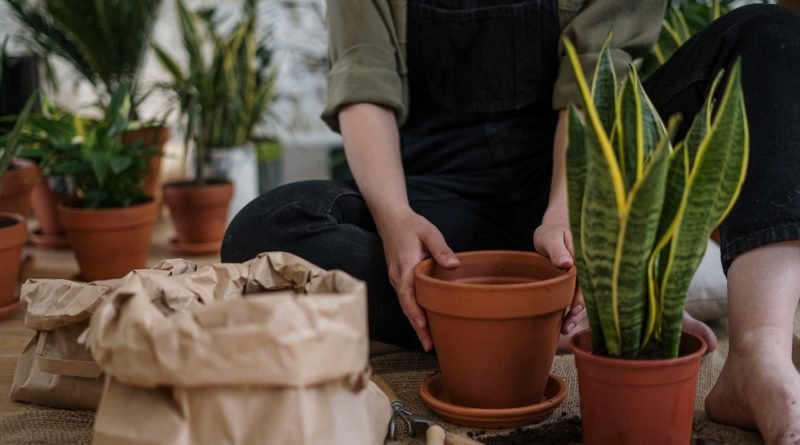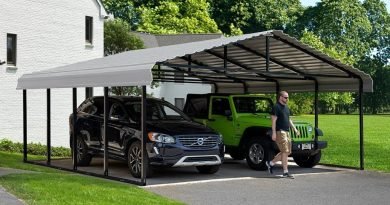How to Create a Sustainable Garden
You’ve just bought a new home and want a wildlife-friendly garden full of flowers, but the garden looks very manicured and void of plants. Don’t worry; this is a fantastic opportunity to make your garden a home for wildlife and undertake an exciting creative project. Consider your garden a blank canvas that will allow you to get creative. Transforming your garden into a sustainable sanctuary will boost your well-being and benefit local wildlife and the planet.
Whether you’re a professional landscaper or an avid gardener, follow these tips to create a sustainable garden in only a few steps.
Work with what you haveÂ
It can take time and effort to transform a barren-looking garden, but it is worth the effort. The good news is that many wildflowers prefer thin, poor soil, so you can go ahead and get planting straight away. It’s an exciting opportunity because you can research which plants, shrubs, and flowers you want to bring into your garden and watch them blossom over time.
Be sure to use all the space in your garden, including the walls, fences, and patios. If your garden has a large patio or decking, use plant pots to introduce nectar-friendly flowers for bees and butterflies.
Choose recycledÂ
Creating a sustainable garden doesn’t just involve thinking about the local wildlife’s benefits but also actively making sustainable choices. This is because our everyday actions impact wildlife in many ways. So, consider this when choosing materials and designing your outdoor space. Wherever possible, choose recycled. Ask your local garden center for unused plant pots or boxes, use reclaimed or old materials for garden structures, and use old pallets for any building.
If you want professional help, hire a landscaper to rent supplies such as grouting equipment and diggers to transform your garden into a sustainable wildlife sanctuary. They can work with you and your budget to bring your vision to life.
Make small changesÂ
Making small changes can make all the difference. Some products to avoid when creating a wildlife-friendly garden include:
- Peat: it destroys vital habitats. Final alternative forms of compost! You could even make your own.
- Pesticides: use non-toxic alternatives.
- The outdoor tap: you can save rainwater in water butts, which many animals prefer if you provide water via a bird bath or pond.
- Any garden furniture that isn’t FSC accredited.
- Plants that aren’t of genuine native stock or wildflowers that have been dug up from the wild. You can make sure they’re sustainable by ensuring they have been cultivated from legally collected seed.
Make your garden welcomingÂ
A lot of different animals will enter your garden, especially if you live in the countryside. Birds, bats, and hedgehogs will be regular visitors, so give them a fighting chance during the winter by providing food, water, and shelter. You can buy hedgehog shelters and birdhouses in most garden centers or order one online. Make your garden a hedgehog highway by making a hole in your fence for hedgehogs to use. By planting insect-friendly flowers, you support bees, moths, wasps, butterflies, and other insects—and provide food sources for birds and bats.




